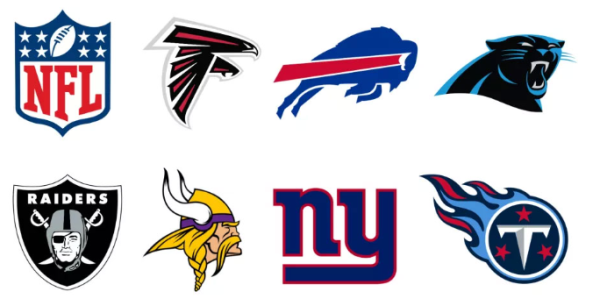Can The XFL Survive?
In a situation eerily similar to a year ago, a new football league is beginning its inaugural season a week after the Super Bowl. The AAF began just a year ago, and despite showing potential in the first weeks of its season, it folded and went bankrupt before it could even complete a full campaign. As did the AAF, the XFL impressed in its opening slate of games, with an around an average of 3 million viewers for each game. That number is one to be somewhat expected, and the real answer to the potential of the league should be seen with the viewership of upcoming weeks. Additionally, the level of play and fast-paced style received praise from a variety of analysts on Twitter. By all means, the XFL is off to an impressive start. The question is: Will it be just a flash in the pan within the football industry, or will it become a genuinely viable alternative to the NFL?
The deciding factor in whether the XFL can succeed in the long-term will be revenue. And so far, it looks like they are already on the track to over exceed the shortcomings of the AAF. According to Darren Rovell, the XFL sold more tickets before week 1 than the amount that the AAF sold in its entire existence. If you just look at the team website for the local DC Defenders, you’ll find that some merchandise items are already sold out. There is a recency factor to the relative success of the league, but the amount of fan engagement that the league has already generated is something that cannot be discounted. When examining the downfall of the AAF, it’s amazing to see how it even lasted seven weeks. The league almost folded before the first games were even played, and would not have extended its life to the extent that it did without a midseason $250 investment from businessman Tom Dundon. The XFL, led by commissioner Oliver Luck and Vince McMahon’s Alpha Entertainment, should be a much better-executed operation in terms of financial management.
Unlike the AAF, the XFL offers a style of football distinctly different from its counterpart. A main selling point of the new league is their new innovative set of rules. To name a few: extra points have been replaced with conversions of varying point values, coaches have constant audio communication with their players, and halftimes are only 10 minutes. One mistake that the AAF committed was that they didn’t take enough risks with their product. Wanting to appeal to the existing football fanbase, AAF CEO Charlie Ebersol opted to not make any drastic changes to the NFL rules. What resulted were games that felt similar to the NFL, but less exciting due to the lower level of play. While a high level of play cannot be guaranteed with the XFL, there’s no doubt that the games will offer a thrill to their viewership.
The NFL is and will likely always be the most prominent football league in the world, but that doesn’t mean there isn’t room for a competitor. Past leagues, and even current leagues such as the CFL, have all failed in creating a product that could generate interest truly comparable to the NFL. Even though history isn’t on the XFL’s side, its debut is a step in the right direction. The amount of fan engagement and buzz it has created in the media is something that we haven’t seen in a new football league before. Will the XFL still exist in 10 years? Time will only tell. But it should, at the very least, show that a football league does not have to follow the NFL blueprint to succeed.
Hi, my name is Max and I'm a senior here at Oakton. This year will be my second year on the Outlook and my second year as a staff writer as well. I love...






